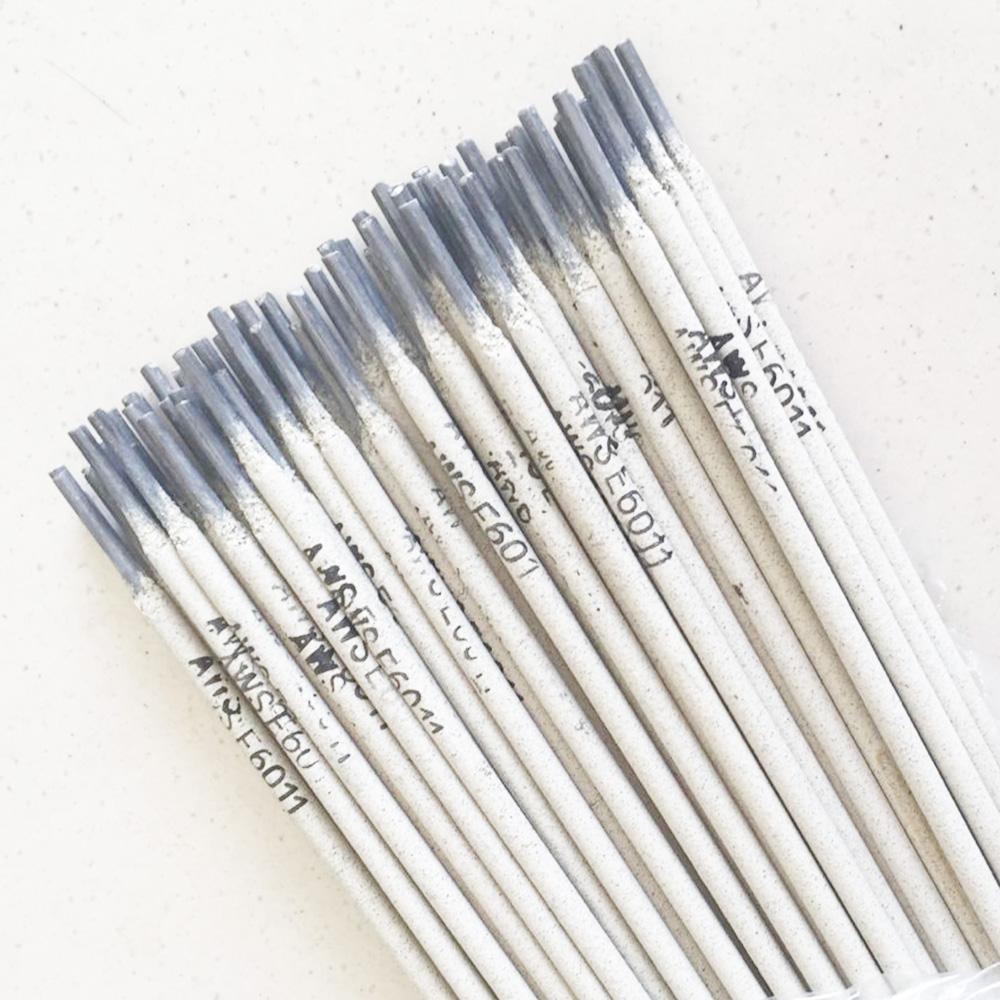Cellulose Welding Rod – Deep Penetration, All-Position 6011
Cellulose Welding Rod is a key solution in the manufacturing industry, specifically within General equipment manufacturing industry and Manufacturing of welding and cutting equipment. This article explores how HEBEI YUJINHONG TECHNOLOGY CO.,LTD. supports professionals with durable, high-performance products, and explains why this product is an ideal choice for businesses in these sectors.

Table of Contents
- Cellulose Welding Rod Overview
- Benefits & Use Cases of Cellulose Welding Rod in Manufacturing of welding and cutting equipment
- Cost, Maintenance & User Experience
- Sustainability & Market Trends in manufacturing
- Conclusion on Cellulose Welding Rod from HEBEI YUJINHONG TECHNOLOGY CO.,LTD.
Cellulose Welding Rod Overview
A cellulose welding rod, often known as a cellulose welding electrode or 6011 welding rod (AWS A5.1 E6011), is engineered for deep penetration, fast-freeze slag, and stable arc performance—especially in out-of-position and vertical-down welding. Its cellulosic coating generates a high volume of shielding gases, enabling reliable fusion on mill-scale, slightly rusty, or oily carbon steels commonly encountered in fabrication yards and field repairs. For B2B decision makers overseeing welding operations and equipment manufacturing, E6011 delivers the flexibility to run on AC or DC (typically DCEP) power sources while maintaining consistent bead appearance and mechanical integrity.
Typical specifications include tensile strength of approximately 60 ksi, all-position capability, and diameters such as 2.5 mm, 3.2 mm, and 4.0 mm to suit a wide range of joint configurations and current settings. In practice, teams value the E6011 for root passes, tie-ins, and repair welding where travel speed and arc force matter. HEBEI YUJINHONG TECHNOLOGY CO.,LTD. manufactures E6011 electrodes with tight formulation control for arc stability, reduced spatter, and predictable slag removal—key parameters that influence productivity and total weld quality on the shop floor.
Benefits & Use Cases of Cellulose Welding Rod in Manufacturing of welding and cutting equipment
Within the manufacturing of welding and cutting equipment—and the broader general equipment manufacturing industry—E6011 cellulose welding rods are prized for their versatility in assembly, MRO, and field service. They excel in structural frames, skins and supports for welding machines, skids, brackets, and housings where steel cleanliness may vary. The fast-freeze slag supports vertical and overhead work, while strong arc force drives penetration through light contaminants, reducing pre-weld cleaning time and enabling faster cycle times across mixed fabrication environments.
- Applications: root passes on thin-to-medium carbon steel, repair of frames and fixtures, equipment chassis fabrication, and field welding with generator-driven power sources.
- Competitive advantages: AC/DC usability, deep penetration, forgiving arc on less-than-pristine surfaces, and quick restarts that help minimize downtime.
- HEBEI YUJINHONG TECHNOLOGY CO.,LTD. expertise: consistent coating density, moisture control in packaging, and batch-to-batch repeatability that simplify welding procedure qualification and operator training.
Cost, Maintenance & User Experience
Total cost of ownership for a cellulose welding rod is driven by deposition efficiency, rework rates, and time-on-arc. Because E6011 penetrates effectively and tolerates surface variability, teams often reduce grinding, heavy pre-cleaning, and post-weld touch-ups—translating into lower labor costs per joint. For procurement leaders, the ROI case strengthens when factoring in reduced rework, flexible power-source compatibility (no need for specialized DC-only units), and the ability to tackle diverse positions with a single consumable.
- Durability and storage: keep rods sealed and dry in original packaging; unlike low-hydrogen electrodes, cellulosic rods are not typically oven-baked. Avoid excessive heat that can alter coating behavior.
- User feedback: fabricators report stable arcs, good strike/restrike characteristics, and straightforward slag removal—key to maintaining throughput on multi-pass work and repair tasks.
Sustainability & Market Trends in manufacturing
Manufacturing leaders are prioritizing consumables that reduce energy, scrap, and chemical use. A high-performing cellulose welding electrode supports those objectives by minimizing rework and limiting aggressive pre-cleaning chemicals on routine steel fabrication. The trend toward mobile, generator-powered welding in field service also favors E6011, thanks to its AC/DC capability and reliable starts in outdoor, variable conditions. As welding workforces change, forgiving arc characteristics help shorten the learning curve and stabilize productivity across shifts.
HEBEI YUJINHONG TECHNOLOGY CO.,LTD. aligns with these priorities by focusing on consistent coatings, quality-controlled raw materials, and packaging that maintains electrode condition from plant to jobsite. The company’s process discipline and customer-centric technical support empower OEMs and service contractors to standardize on a 6011 welding rod that delivers dependable performance while supporting broader sustainability and efficiency programs.
Conclusion on Cellulose Welding Rod from HEBEI YUJINHONG TECHNOLOGY CO.,LTD.
For B2B decision makers in the general equipment manufacturing industry, the Cellulose Welding Rod (E6011) offers a practical balance of penetration, speed, and positional versatility. It helps streamline assembly and MRO, especially where surfaces vary and field conditions are common. HEBEI YUJINHONG TECHNOLOGY CO.,LTD. stands out for consistent quality, dependable supply, and knowledgeable support—enabling teams to weld with confidence and predictable outcomes. Contact us: email: info@steeltoolschina.com. Visit our website: https://www.steeltoolschina.com
-
What is a medium-frequency pulse? What types of welding are suitable for?NotíciasNov.24,2025
-
Why is the overall cost of CO2 welding lower than that of shielded metal arc welding?NotíciasNov.21,2025
-
Welding Knowledge 6NotíciasNov.20,2025
-
What is a low-frequency pulse? What types of welding are they suitable for?NotíciasNov.19,2025
-
Why are the weld joints from CO₂ gas shielded welding of such high quality?NotíciasNov.18,2025
-
J506 Welding Rod - Low Hydrogen, All-Position, AC/DC E7016NotíciasNov.17,2025


